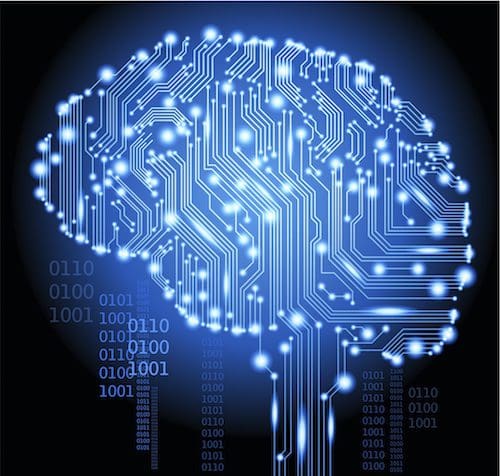Why Every Company Needs a Digital Brain
As emerging technologies like AI/machine learning are adopted across different parts of the business, enterprises require a “digital brain” to coordinate those efforts and generate systemic intelligence.
By SriSatish Ambati, CEO and Co-founder, H2O.ai

Virtually every Fortune Global 500 company is on the path to digital transformation, but each is in a different phase and many need to clear the final hurdles to truly unlock its true potential. The journey toward transformation is no doubt difficult, and large firms will sometimes need to tolerate high failure rates to push through. There is hope, however.
One of the primary reasons companies struggle with digital transformation is they lack enterprise-wide intelligence and a culture of teamwork to harmonize their efforts. In short, they lack a “digital brain,” the nexus for continuous, automated learning from data across all business units, departments, product lines and services, that gives the organization higher cognition. That’s why every company needs a digital brain to make their digital transformation come alive, else they risk incremental, short-sighted and superficial change.
Much like human life, which starts as a single cell that divides and gives rise to new cells that carry out different functions, companies work toward digital transformation in a very stepwise or piecemeal approach. This is absolutely necessary, as change starts small and grows. The creation of any digital brain begins with the formation of microservices, where a company’s application architecture is organized as a loose bundle of services that continuously learn and work to predict specific outcomes.
Capital One is a prime example of the microservices model. They have utilized open source software and cloud technologies to build great digital products and a world-class developer experience. These microservices have opened up new revenue streams and innovative financial services because they have a 360-degree view of their customers.
The microservices model and the rise of the Internet of Things has swiftly moved intelligence toward the edge, where tiny sensors and lightweight devices that are rapidly approaching the computational power equivalent to a smartphone. This decentralization of intelligence is amplified by open source software movement, which has catalyzed a maker culture. It’s participatory, and allows companies to be makers of software, not just consumers of software. Open source also drives monetization – which we’ve seen at Google, Amazon, Apple, and beyond.
From an enterprise-wide perspective, however, this phenomenon where intelligence exists at the edge can create its own hazards of fragmentation and blind spots for the company. What has made companies like Google and Amazon so successful is their ability to connect the dots between their various different micro-businesses in order to exploit synergies. This is a critical piece, and most often where companies fall short. With a digital brain, organizations are armed with greater self-awareness and interdisciplinary thinking to drive radically new business models.
The lifeblood of the digital brain is data. Today, enterprises can fall into the trap of viewing their data as static assets or “treasure troves” that exist in various units of the business. Enterprises need to move toward thinking about harnessing real-time streaming data that continuously circulates throughout the entire organization, not just silos. This means looking at what the different use cases for streaming data, building the right models, and finding how you can monetize them in a totally different vertical.
Consider the example of a payroll company, which based on real-time data and models around salaries in certain geographic areas, could be used for real estate purposes. In effect, with the right data and models, a payroll company could become a real estate company, a finance company, and an insurance company. With a digital brain, vertical companies can become horizontal ones.
It comes as no surprise that data is is crucial to the health of the digital brain, and a lack of it could stifle transformation. That’s why companies may choose to create alliances with others for the purpose of sharing data and/or models, with the end goal of building innovative applications that neither could create on their own. Consider the payroll company, which could partner with an insurance company for the purpose of building applications that predict when a person will be able to buy a home and offer them the right policy.
Companies today are pursuing digital transformation in large part because they fear the consequences of not doing it. What the end-goal of transformation is many companies have not yet articulated. A digital brain is the culmination of that transformation, as it gives the company a higher purpose and business model to monetize. The process of building a brain begins with microservices, wherein the business reinvents itself as many smaller business units that can leverage data from the edge thanks to the rise of IoT and cloud computing. But only when these units are coordinated can system-wide change occur, and that requires data and models–the lifeblood of continuous learning across verticals.
Bio: SriSatish Ambati is the CEO and Co-Founder of H2O.ai, the leading open source machine learning platform for smarter applications and data products.
Related:
